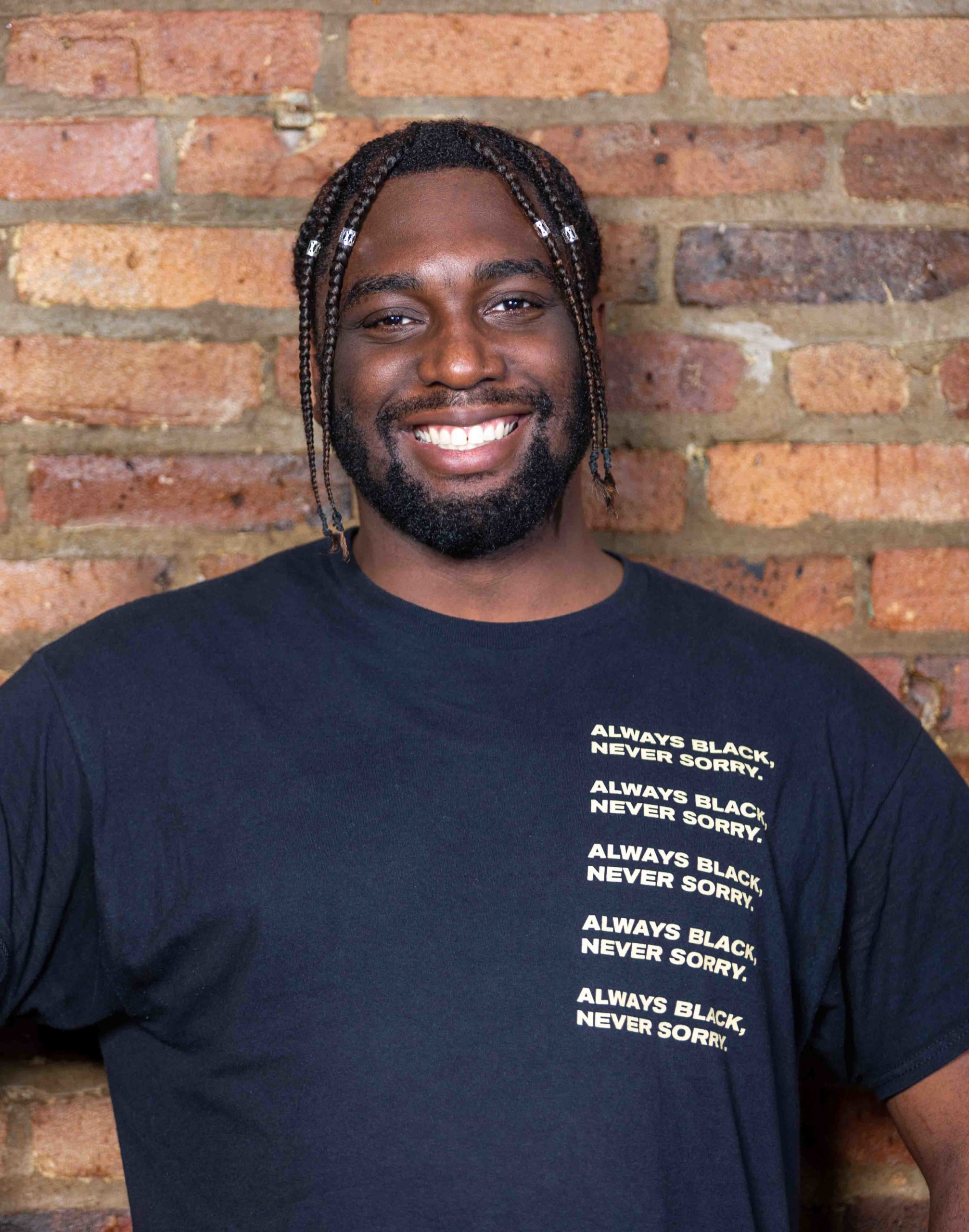As the battle to capture a plurality of consumer’s attention spans rages, Elon Musk’s acquisition of Twitter has plunged the company deep into controversy, most notably Musk’s plan to keep a profile’s verified status – known as the “blue checkmark” or verification badge – behind an $8 monthly subscription. Before this turned into a status symbol that signaled prestige for any social media profile, this blue checkmark was one of the earliest – and most powerful – tools to fight back against misinformation and disinformation online.
Adopted by Twitter in 2009 after a lawsuit over fake accounts impersonating celebrities, social media verification is a tool that confirms the authenticity of social media profiles for public officials, government agencies, brands, journalists, artists, athletes, and any profile who would be at risk for account impersonation. It allows users to quickly tell if a post from an account is authentic by simply looking for the blue checkmark next to the user’s name. Over the years, this turned from a useful feature to combat disinformation from bad actors to a badge of honor that confers an informal endorsement from Twitter that your profile – and everything you post – is important. Before Elon Musk acquired Twitter, the verification process was a tightly-held secret with qualifications unknown to the public, ending with Twitter suspending public applications for the verification program in late 2017, yet still continuing to vet and verify accounts internally.
Musk’s acquisition of Twitter places this important, disinformation-fighting program in jeopardy, after he quickly announced that he planned on turning verification into a paid feature hidden behind a revamped Twitter Blue monthly subscription. Musk claims that this would “democratize journalism & empower the voice of the people” in a tweet on November 6th, 2022 – but after putting the program on hold until after the midterm elections amidst fears of election disinformation, the only substantive chance to occur is the rise of inauthentic accounts impersonating celebrities and public officials. A seemingly small change to democratize access to a misunderstood status symbol will not only set back efforts to combat misinformation and disinformation online, but put our nation at serious risk for coordinated disinformation campaigns to sow discord across the country.
Disinformation campaigns can not only change the opinions and/or views of a community, but create the illusion of divisiveness and doubt, one notable example being the presence of Russian trolls and the role they played in the Women’s March rallies after the election of Former President Donald Trump. Twitter’s pre-Musk verification model, while cryptic and largely in the hands of a private company driven by profit, was highly effective at passively empowering users to identify disinformation and inauthentic accounts to report, assisting Twitter’s content moderation team in removing profiles and posts that violate Twitter’s Terms of Service policy regarding misinformation. This new policy only serves to sell one of the most effective tools in creating and distributing disinformation on Twitter behind an $8 paywall. With reports that it may be possible to completely anonymize the purchase of Twitter Blue and the verified profile checkmark, Elon Musk has successfully managed to disarm the vast majority of Twitter users in the war against misinformation and disinformation online. Sure, there is technically a way to see if a user received a verified badge from being a notable person vs. having an $8 monthly subscription, but putting the onus on users to click on a profile and check every suspicious profile with a verified badge interrupts the user experience that people are accustomed to, discouraging them from investigating altogether. Combine that with Musk’s firing of nearly half of Twitter’s workforce – including staff that have the ability to investigate and suspend accounts – and we’ve created an incubator for countries such as Russia to fortify disinformation machines to deceive the American people.
In response to the widespread brand impersonation that occurred on Twitter after the launch of Twitter Blue & its paid verification – the largest being a single tweet from a fake Eli Lilly account claiming that insulin is now free, resulting in a 4% drop in their stock value – Twitter is now introducing verification badges with more colors: a gold check for companies, a gray check for governments, and a blue check for individuals. All verified accounts would be subject to “manual verification,” without providing specifics. With these verified badges still presumably locked behind an $8 monthly subscription to Twitter Blue, the core issue with this model persists: combatting disinformation online shouldn’t come with a price tag.
Widespread profile verification weakens the ability for the over 200 million daily Twitter users to spot disinformation, opening the door for more complex disinformation campaigns that could reach new heights of effectiveness. As we still continue to discover the impact social media has on our society and government, we must move with caution when modifying existing tools that serve to fight misinformation and disinformation online. It’s up to Twitter – and other major social media platforms – to build and maintain systems that allow users to spot and report disinformation.



0 Comments